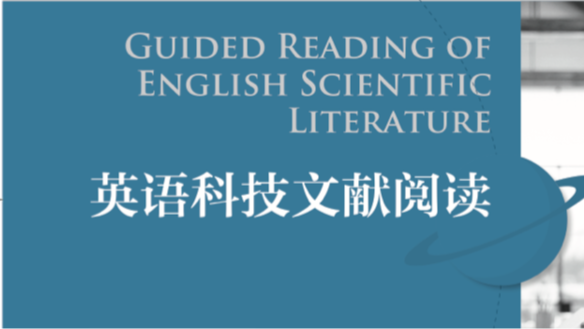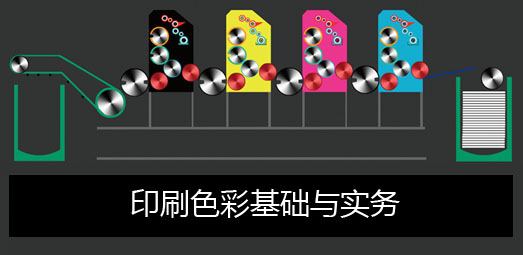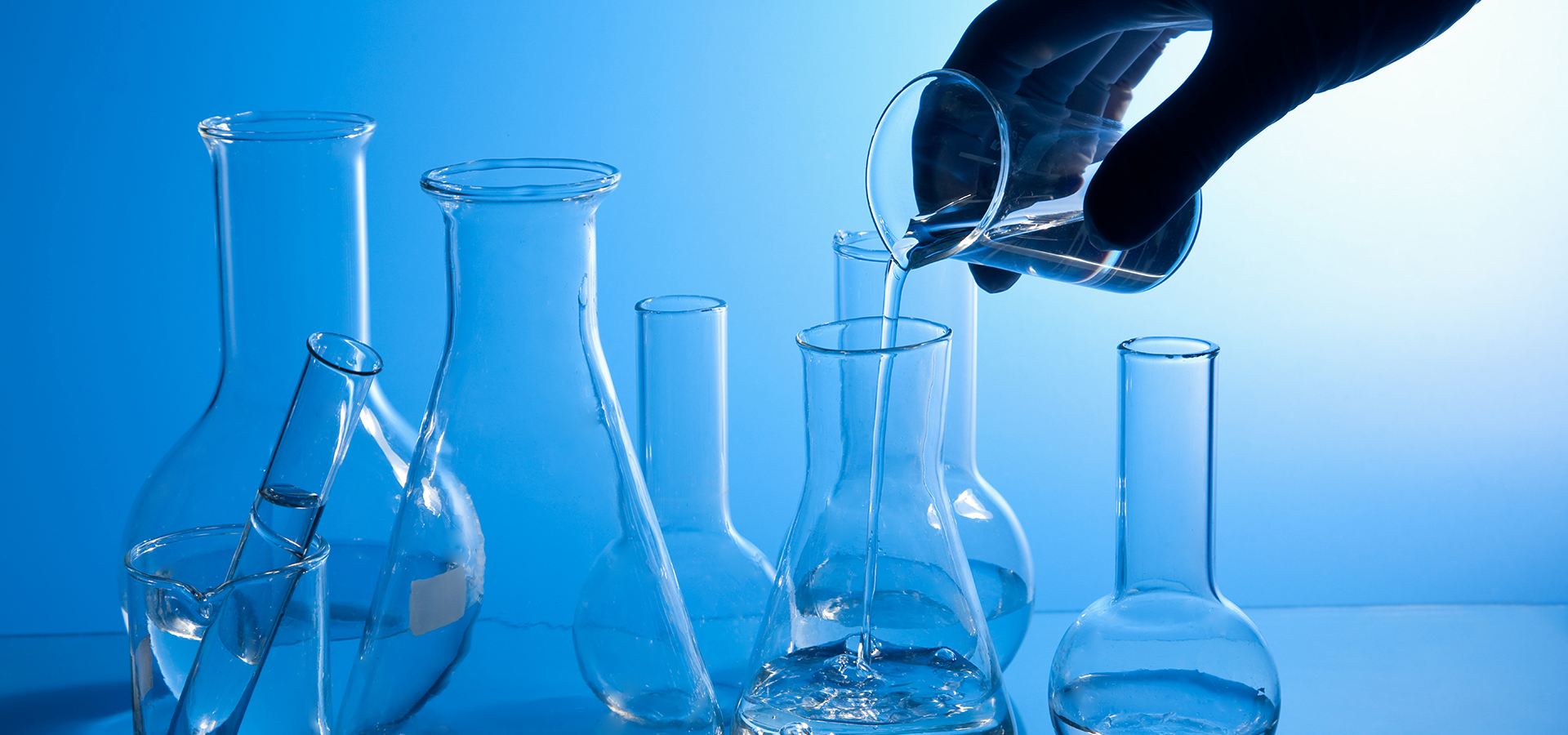Systematic Anatomy课程:前往报名学习
Do you want to understand your body and thus stay consciously healthy?The most amazing thing on earth is the genesis of lives of diversified species, among which human life is of closest relevance to us. The basis of life is organisms, and they are simultaneously the origin of diseases and the terminal of their treatment. If we want to treat and further successfully cure diseases, we must understand the complex and exquisite human structure-----Systematic Anatomy
开设学校:西安交通大学;学科:医药卫生、
Do you want to understand your body and thus stay consciously healthy?The most amazing thing on earth is the genesis of lives of diversified species, among which human life is of closest relevance to us. The basis of life is organisms, and they are simultaneously the origin of diseases and the terminal of their treatment. If we want to treat and further successfully cure diseases, we must understand the complex and exquisite human structure-----Systematic Anatomy
-Homework for the Introduction
-2.1.1 The description of bone
-2.1.3 The bones of upper limb
-2.1.4 The bones of cerebral cranium
-Himework for bones
-3.1.1 Temporomandibular Joint
-Homework for Joint
-4.1.3 muscles of head and neck
-Homework for myology
-5.1.1Introduction of the Alimentary system and pharynx
--5.1.1 Introduction of the Alimentary system and pharynx_
-5.1.2 The systematic anatomy of stomach
--5.1.2 The systematic anatomy of stomach
-5.1.3 The anatomy of appendix
--5.1.3 The anatomy of appendix
-5.1.4 the liver and extrahepatic duct
--5.1.4 The liver and extrahepatic duct
-Homework for alimentary system
-6.1.1 The lungs
-6.1.2.1 The larynx - 1
-6.1.2.2 The larynx - 2
-6.1.3 The pleura
-6.1.4 The kidney
-Homework for respiratory and urinary systems
-7.1.1 The male conveying ducts
-7.1.2 The uterus
-Homework for reproductive system
-8.1.1 Introduction of peritoneum
-8.1.2 Structures formed by peritoneum
-8.2.1 Introduction of endocrine sysytem
-Homework for Peritoneum
-Homework for Endocrine system
-9.1.1The position and external features of the heart
-9.1.2The cardiac chambers of right side
-9.1.3 the cardiac chambers of left side
-Homework for heart
-Homework for the sensory organs
-11.1.1 Introduction of the nervous system I
-11.1.2 Introduction of the nervous system II
-11.2.1 General description of the spinal nerve
-11.2.2 The spinal nerve - The cervical plexus
-Homework for introduction of the nervous system and the spinal nerves
-12.1 General description of cranial nerve
-Homework for the cranial nerves
-13.1 The spinal cord-1
-13.2 The spinal cord-2
-13.3 The external features of brain stem
--The external features of brain stem
-homework for Spinal cord and external features of brain stem
-Homework for brain stem
-15.1.1 Location & gross appearance of cerebellum
-15.1.2 Internal structure of the cerebellum
-15.2.1 Position and Subdivision of Diencephalon
-Homework for cerebellum
-Homework for diencephalon
-16.1.1 External features of telencephalon
-16.1.2 Structures of telencepholon(1)
-16.1.3 Structures of telencepholon(2)
-Homework for telencephalon
-17.1.1 The sensory (ascending) conductive pathway(1)
-17.1.2 The sensory (ascending) conductive pathway(2)
-17.2.1 The motor (descending) conductive pathway (1)
-17.2.2 The motor (descending) conductive pathway(2)
-Homework for the nervous pathways
-18.1 The visceral nervous system
-18.2 The sympathetic nervous system-1
--The sympathetic nervous system-1
-18.3 The sympathetic nervous system-2
--The sympathetic nervous system-2
-homework for visceral nervous system
-Final Examination
董炜疆 教授 医学博士 美国华盛顿大学博士后(Senior Fellow 2007-2009), 访问学者(2012-2014) 研究生导师 2006 年获得西安交通大学医学院博士学位。2007 年-2009 年在美国华盛顿大学医学院(University of Washington at Seattle)NWLR做博士后研究工作,师从美国著名脂代谢与糖尿病专家 Dr. Santica Marcovina,Dr. John Albers 教授。研究方向为中枢神经系统脂代谢异常与老年痴呆的病理学研究工作, 2012年-2014年以Visiting Scientist 在华盛顿大学内分泌科实验室从事 Intranuclear Localization of PLTP 的研究工作。 主持美国阿尔茨海默病( Alzheimer’s disease ) Postdoc Fellow Pilot 研究基金、国家自然科学基金、教育部留学回国人员科研基金、陕西省自然科学基金、西安交通大学国际合作交流基金等项目。发表SCI收录论文12篇,MI收录5篇,相关论文发表在 Biochimica et Biophysica Acta,Journal of Lipid Research 和 Journal of Neuroscience Research 等杂志,共发表学术论文40 篇。 长期担任研究生、留学生、八年制、七年制、本科生、专升本等各个专业系统解剖学、局部解剖学、断层解剖学、神经解剖学等授课任务。年平均授课超过200学时。 2000年、2004年和2011年三次获得西安交通大学 “教师授课竞赛 (英文授课、双语授课) 一等奖”。2011年全国首届医学院校青年教师授课比赛三等奖。 2010年6月在台湾阳明大学医学院接受PBL教学改革的培训。 在《China Medical Journal》和《中国高等医学教育》等核心期刊上以第一作者发表 13 篇教学论文(SCI收录1篇)。 主编四本留学生用英文教材。
1974年生,博士,副教授。1997年获得临床医学本科学位,2002年获得人体解剖与组织胚胎学专业硕士学位,2010年获得人体解剖学与组织胚胎学专业博士学位。研究领域为神经系统发育及神经退行性疾病的发病机制及治疗。
陈新林,医学博士,副教授,主要从事人体解剖学教学及科研工作。
1973年生,博士,副教授。1997年获得临床医学本科学位,2003年获得人体解剖与组织胚胎学专业硕士学位,2010年获得人体解剖学与组织胚胎学专业博士学位。研究领域为神经退行性疾病的发病机制及治疗。
从事人体解剖学教学和科研近30年,主讲人体解剖学、局部解剖学和神经解剖学等课程。培养研究生3名。
教授,博士生导师。陕西省青年科技奖获得者。中国神经科学学会理事、中国解剖学会神经解剖学分会委员,陕西省解剖学会副理事长;中俄医科大学联盟青年联盟理事;国家自然科学基金项目函审专家,教育部研究生学位论文评审专家;多个国际国内期刊杂志编委及审稿人。
副教授,从事解剖学教学工作和癫痫疾病研究工作。
许杰华,男,陕西榆林人,医学博士,副教授,硕士研究生导师。 本科毕业于原西安医科大学临床医学系。研究生就读西安交通大学,2003年获人体解剖学与组织胚胎学硕士学位,2007年获人体解剖学与组织胚胎学博士学位。2006.7-2007.7期间在新加坡国家神经研究所癫痫病研究室进行合作研究。一直从事癫痫、神经发育、高等医学教育研究及解剖学教学工作。 主持国家自然科学基金、陕西省社发攻关项目、西安交通大学光华基金等研究项目。熟悉癫痫动物模型制备、动物行为学、神经追踪、蛋白定量、实时定量PCR等研究方法。 研究方向:1)癫痫的发病机制及防治; 2)神经发育调控机制;3)高等医学教育模式研究。
贾宁,女,生理学博士,医学部基础医学院,人体解剖学与组织胚胎学系副教授。
副教授,博士生导师,从事人体解剖学的教学工作,研究方向为阿尔茨海默病。
人体解剖学与组织胚胎学讲师





